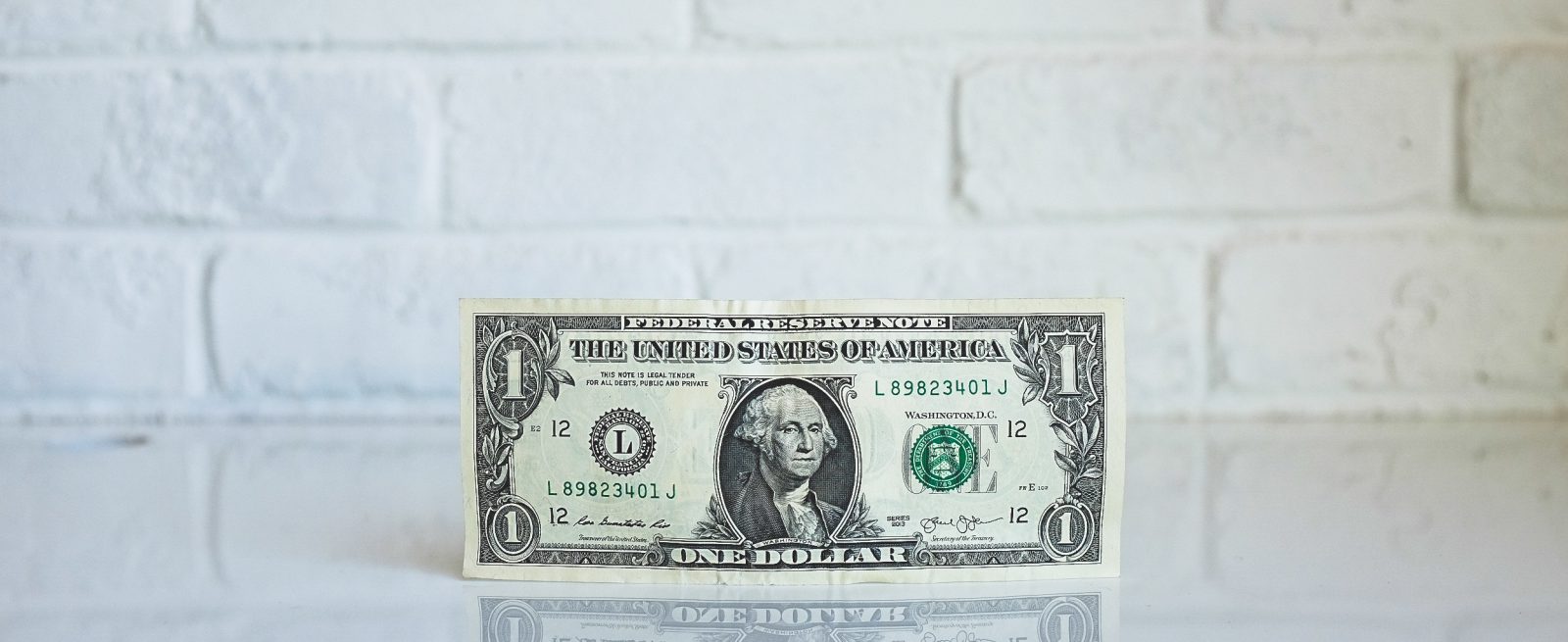What Is Your Restaurant Really Worth?
4 Min Read By David Sederholt
If you are looking to buy or sell a restaurant, how can you tell what’s it worth? In its simplest form, it’s worth what a buyer is willing to pay and what a seller is willing to accept. The final value of business is arrived at through quantitative and qualitative analysis to arrive at a point where there is a meeting of the minds. The best description I have ever heard is that “value is a mutually agreed upon hallucination."
For many businesses, “fair market value” is often computed as a multiple of annual earnings measured before taxes, interest, depreciation and amortization of debt or “EBITDA." In the restaurant business it is very rare to rely upon this valuation as often accounting and reporting are inaccurate so the basis for the calculation is often illusive.
To simplify the process I often start the average annual reported sales then calculate a base valuation / purchase price between two and 40 percent of that number. This valuation is then adjusted depending on…
Sorry, You've Reached Your Article Limit.
Register for free with our site to get unlimited articles.
Already registered? Sign in!


